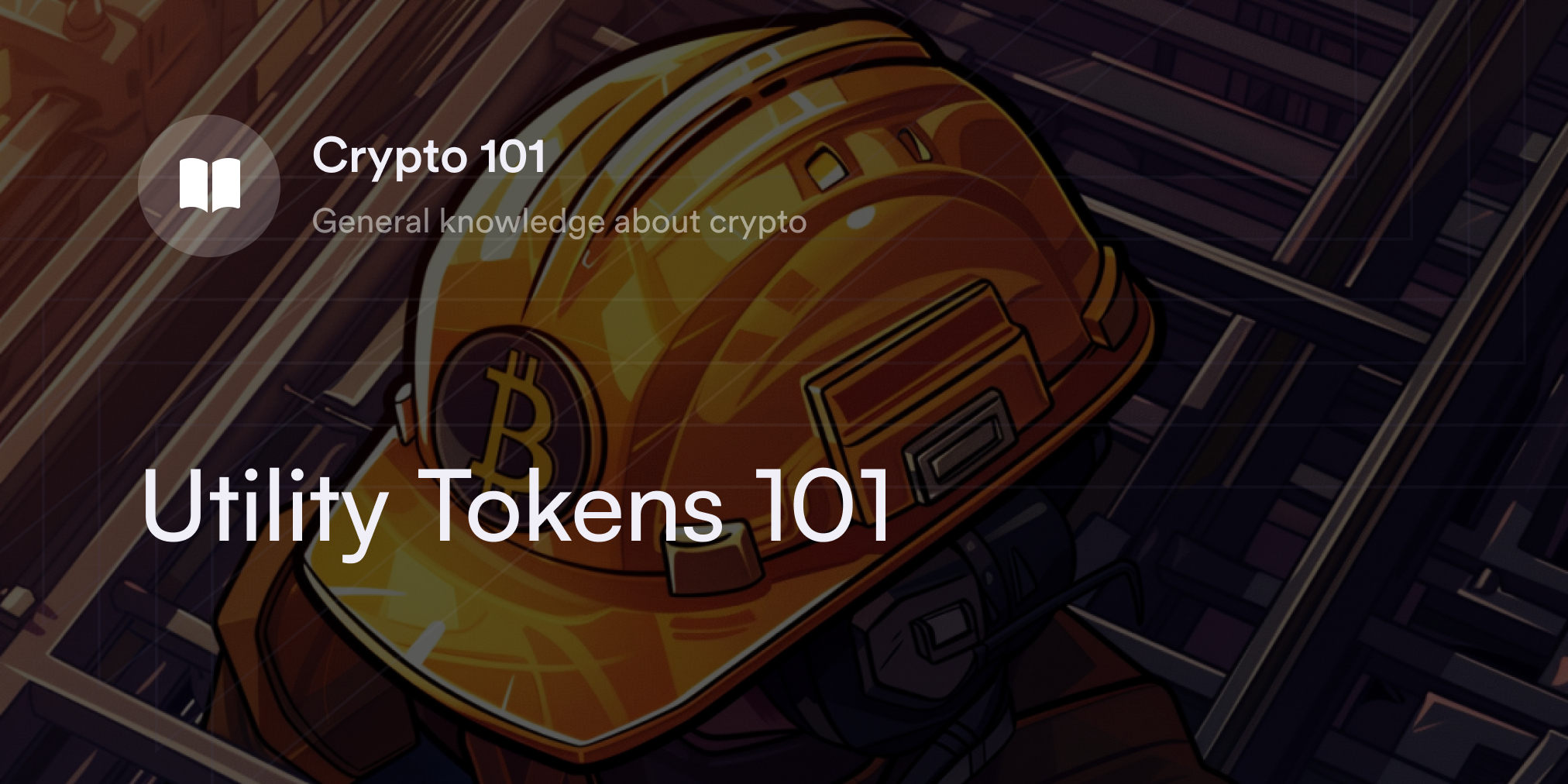


There’s no denying Bitcoin’s launch in 2009 caused a stir in the entire financial community. Created by the pseudonymous Satoshi Nakamoto, the cryptocurrency introduced people to decentralization and blockchain. But that wasn’t all. Bitcoin also came with a groundbreaking concept: a digital currency with a finite supply of 21 million coins. Nakamoto is estimated to own the most Bitcoins (more than 1 million) spread across thousands of crypto wallets.
In this guide, we’ll explore how many Bitcoins there are, the current status of Bitcoin circulation, and the future after the last Bitcoin is mined.
How many total Bitcoins are there?
The Bitcoin network has released more than 19 million coins into the market at the time of the article. This process is governed by a mechanism called halving, a concept masterminded by Nakamoto. Halving plays a pivotal role in the Bitcoin ecosystem, designed to regulate the flow of new Bitcoins and ensure their release is both gradual and progressively limited.
Halving occurs approximately every four years and fundamentally alters the reward structure for Bitcoin mining. Initially, miners received a reward of 50 BTC for every new block added to the blockchain.
However, adhering to Bitcoin's source code rules, this reward has been reduced by half multiple times over the years. The deflationary strategy is instrumental in controlling Bitcoin's inflation rate, emulating scarcity dynamics of precious metals.
Through halving, the Bitcoin network moderates the influx of new Bitcoins and reinforces the importance of scarcity in its economic model. This approach ensures introducing new Bitcoins is a carefully calibrated event, reflecting a deep understanding of economic principles and a commitment to maintaining Bitcoin's stability and value as a digital asset.
How many Bitcoins are left, and what happens after all Bitcoins are mined?
With more than 19 million coins in the market, roughly 1.5 million coins are left to be mined.
The eventual mining of all 21 million Bitcoins, a cap set by Nakamoto, is a highly anticipated event in the crypto world. This milestone, projected to occur around 2140, will bring significant changes to the Bitcoin ecosystem:
End of mining rewards
Current incentive structure: Miners are currently incentivized through block rewards, including newly minted Bitcoins.
Post-21 million scenario: Once the cap is reached, no new Bitcoins will be created as block rewards, marking the end of this incentive.
Shift to transaction fees
New incentive model: Miners will rely on transaction fees as their primary financial incentive for validating and adding new transactions to the blockchain.
User-paid fees: Fees paid by users to process their transactions will become miners' sole revenue source.
Impact on network security
Potential reduction in miners: The elimination of block rewards might reduce the number of miners if transaction fees don’t provide sufficient compensation.
Network security concerns: Eliminating block rewards could affect the Bitcoin network's processing power and security, although higher Bitcoin values and increased transaction volumes could mitigate this risk.
Integration of the lightning network
Enhancing transaction efficiency: The Bitcoin Lightning Network (LN), a layer-2 solution, is set to revolutionize Bitcoin transactions in the post-21 million era. By enabling off-chain transactions, it promises to increase speed and reduce costs dramatically.
Boosting Bitcoin’s usability: This innovation is pivotal for Bitcoin's scalability, making it more practical for everyday transactions and enhancing its potential as a mainstream digital currency.
Supporting economic growth: The LN could significantly increase Bitcoin's value and acceptance, especially in a market where block rewards are halved and mining incentives shift.
How long does it take to mine one Bitcoin?
Mining is the backbone of the Bitcoin network and involves using computational power to solve complex mathematical problems, validate transactions, and secure the blockchain. The time it takes to mine a single Bitcoin can vary based on several factors, including the mining hardware used, the network's hash rate, and the mining difficulty at any given time.
Bitcoin halving events directly impact the mining process by reducing the rewards over time. As mentioned, the reward for mining a block was 50 BTC, but it halves approximately every four years or every 210,000 blocks mined. Currently, each block reward is set to 6.25 Bitcoin per block, with another halving expected in the Spring of 2024.
Lost Bitcoins
While the Bitcoin network has successfully circulated 19 million coins, not all remain in active use, so it's hard to tell how many Bitcoins are in circulation. Many of these coins are considered lost, permanently subtracting from the active supply in the market. This contributes to Bitcoin's scarcity, inadvertently affecting its overall value.
Causes of Bitcoin loss
Forgotten private keys: A common cause of lost Bitcoins is when individuals forget or lose access to the private keys of their wallets.
Incorrect address transactions: Bitcoins sent to incorrect or unclaimed addresses result in irreversible losses.
Hardware or software failure: Loss of Bitcoins due to computer hardware malfunctions, ledger malfunctions, or software errors, especially in cases where there are no proper backups.
Impact on Bitcoin's market
Reduced circulating supply: Lost Bitcoins decrease the number of coins available for trading and transactions.
Increased scarcity and potential value: The diminishing active supply can increase Bitcoin's perceived value by reducing the total circulating supply.
Highlights the importance of secure wallet management: The irretrievable nature of lost Bitcoins emphasizes the need for stringent security practices in managing digital wallets.
Estimated numbers and significance
Studies estimate that almost 4 million Bitcoins have been lost.
This number represents a significant percentage of the total Bitcoins ever mined, underscoring the importance of individual responsibility in the decentralized cryptocurrency ecosystem.
Stolen Bitcoins
Several high-profile thefts have punctuated the course of Bitcoin, each leaving a permanent mark on cryptocurrency's history. These incidents have impacted Bitcoin's immediate value and shaped the broader approach to digital asset security.
Major Bitcoin thefts
Mt. Gox hack (2014): This colossal breach saw the loss of about 850,000 BTC, valued at hundreds of millions of dollars at the time. The hack exposed critical vulnerabilities in the exchange's security system, leading to its eventual bankruptcy and shaking investor confidence globally.
Bitfinex hack (2016): This hack resulted in the theft of 120,000 BTC and was a sophisticated operation that targeted the exchange's multi-signature accounts. This incident not only led to a sharp decline in Bitcoin's price but also sparked a debate on the security practices of cryptocurrency exchanges.
Consequences of Bitcoin thefts
Market volatility: Each theft incident has triggered immediate and significant fluctuations in Bitcoin's market value. The uncertainty following these breaches often leads to a short-term decrease in investor confidence, impacting the broader cryptocurrency market.
Security measure enhancements: In response to these thefts, the industry has increased efforts to improve security protocols. This includes implementing more advanced encryption techniques, improved wallet security, and better transaction verification processes.
Ongoing impact and response
Community awareness: These high-profile incidents have heightened awareness among Bitcoin users about the critical importance of personal security measures. There's a greater emphasis on educating users about secure storage options like hardware wallets and best practices for safeguarding private keys.
The next steps
Innovation in security technologies: The crypto community continues to innovate, developing more secure blockchain technologies and exploring options like decentralized exchanges (DEXs) to mitigate the risk of centralized points of failure.
User vigilance: The incidents underscore the need for continuous vigilance by users. Educating oneself about the security aspects of handling digital currencies has become essential to securely owning Bitcoin.
Learn more about Bitcoin with dYdX Academy
Looking for more info on crypto and blockchain technology? Check out dYdX Academy for crypto tips and guides like wash trading cryptocurrencies. With dozens of articles on how to trade cryptocurrency and the state of the crypto economy, dYdX Academy is the ultimate place for high-quality Web3 educational content.
dYdX also offers a premier decentralized trading platform for eligible traders interested in perpetual swaps for digital assets like Bitcoin and Ethereum (ETH). Find out the latest details on trading with dYdX on our official blog, and eligible traders can start trading on dYdX today.
Disclosures
The content of this article (the “Article”) is provided for general informational purposes only. Reference to any specific strategy, technique, product, service, or entity does not constitute an endorsement or recommendation by dYdX Trading Inc., or any affiliate, agent, or representative thereof (“dYdX”). Use of strategies, techniques, products or services referenced in this Article may involve material risks, including the risk of financial losses arising from the volatility, operational loss, or nonconsensual liquidation of digital assets. The content of this Article does not constitute, and should not be considered, construed, or relied upon as, financial advice, legal advice, tax advice, investment advice, or advice of any other nature; and the content of this Article is not an offer, solicitation or call to action to make any investment, or purchase any crypto asset, of any kind. dYdX makes no representation, assurance or guarantee as to the accuracy, completeness, timeliness, suitability, or validity of any information in this Article or any third-party website that may be linked to it. You are solely responsible for conducting independent research, performing due diligence, and/or seeking advice from a professional advisor prior to taking any financial, tax, legal, or investment action.
You may only use the dYdX Services in compliance with the dYdX Terms of Use available here, including the geographic restrictions therein.
Any applicable sponsorship in connection with this Article will be disclosed, and any reference to a sponsor in this Article is for disclosure purposes, or informational in nature, and in any event is not a call to action to make an investment, acquire a service or product, or purchase crypto assets. This Article does not offer the purchase or sale of any financial instruments or related services.
By accessing this Article and taking any action in connection with the information contained in this Article, you agree that dYdX is not responsible, directly or indirectly, for any errors, omissions, or delays related to this Article, or any damage, injury, or loss incurred in connection with use of or reliance on the content of this Article, including any specific strategy, technique, product, service, or entity that may be referenced in the Article.







